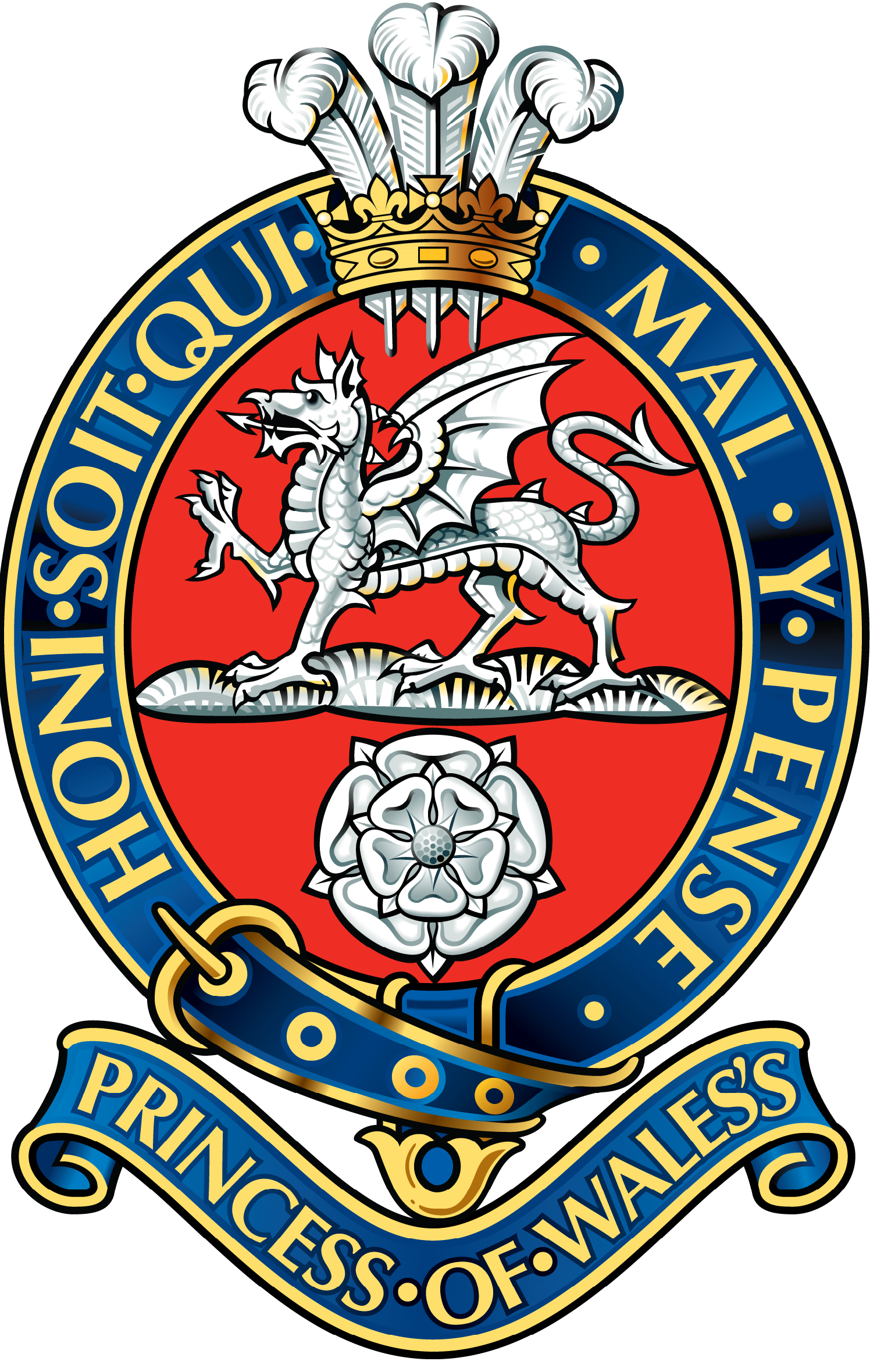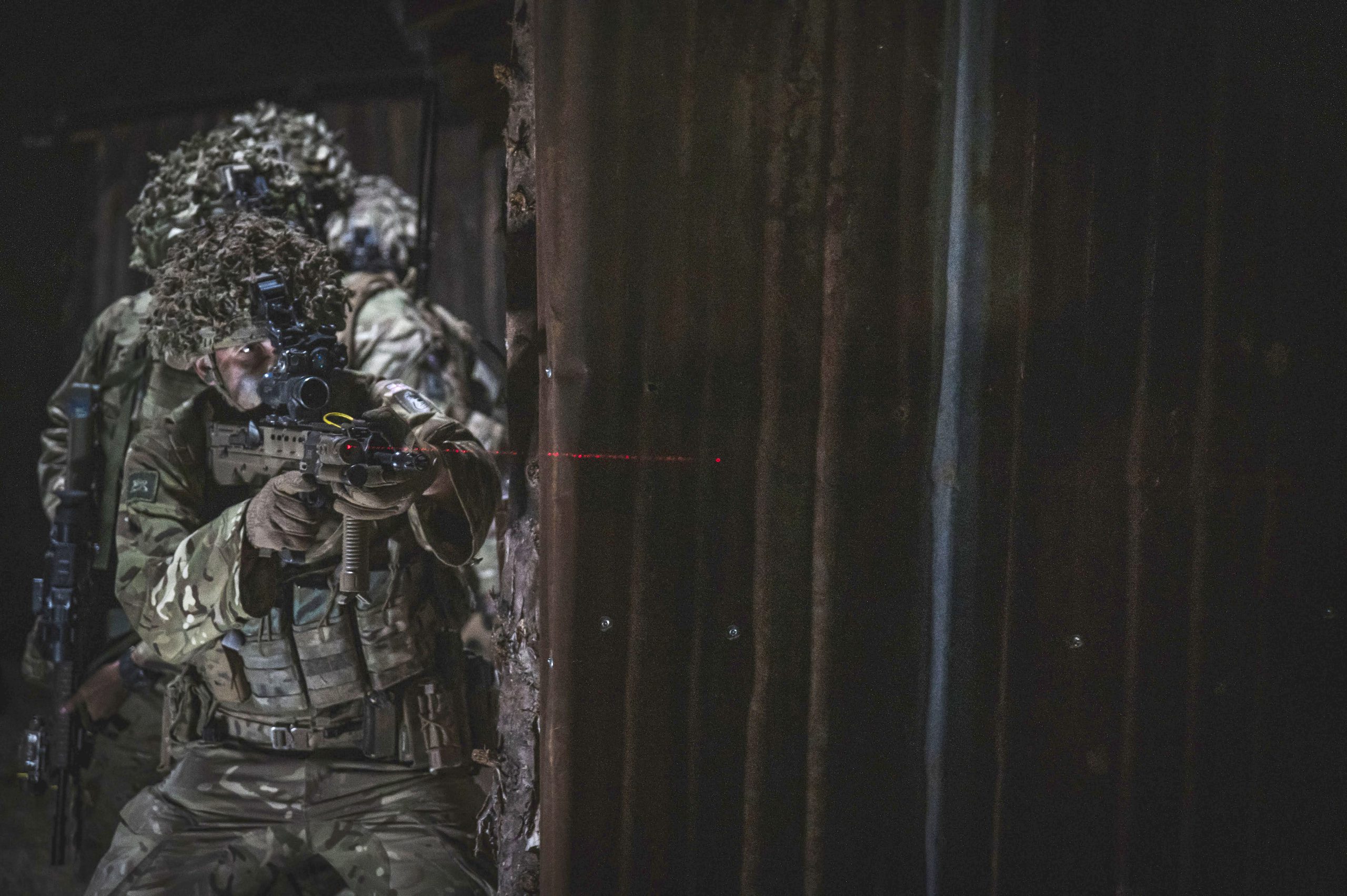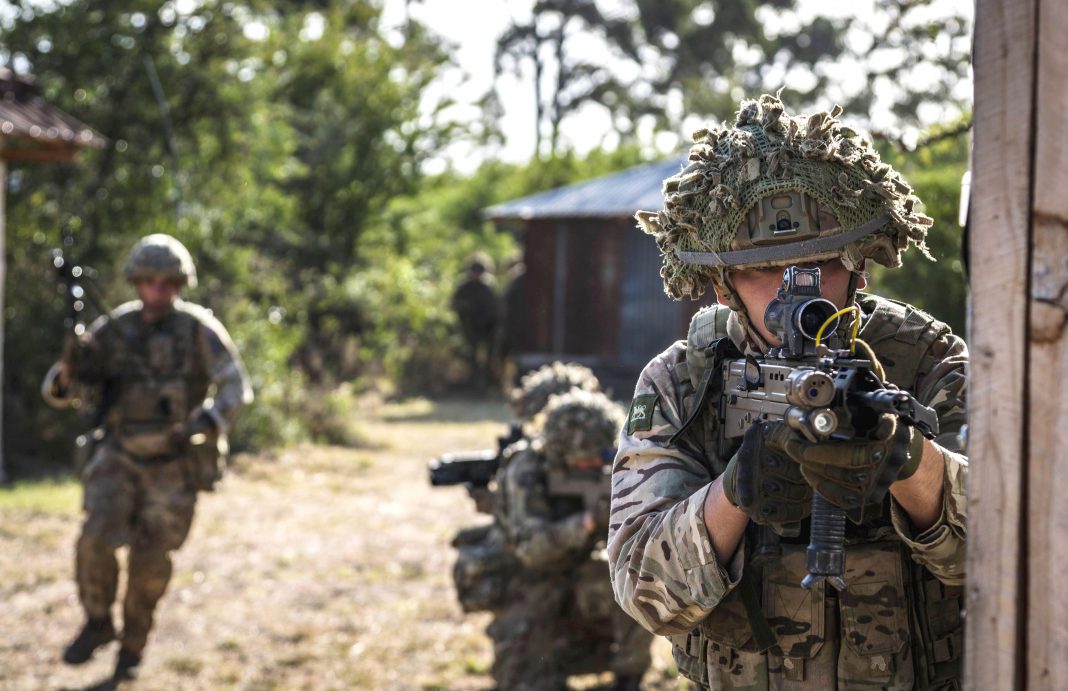Last weekend the Rye News team held an open morning at the Brewery Yard Club to discuss their plans for the future. I had been invited since I occasionally submit articles for Rye Harbour Sailing Club. However, during the presentation, it occurred to me that the occasional article about Rye’s local infantry regiment (the Princess of Wales’s Royal Regiment (PWRR) for whom I am the regimental secretary) would be welcomed.
Like all regiments in the modern army the PWRR has a long and distinguished history having undergone many iterations in the last 450 years (fifty-nine different names, but for the purists we count one of our antecedents as predating the formation of the army under Charles II – Captain Morgan’s Company of the Trained Bands of London who went to fight the Spanish in 1572 – they later became the Buffs – Royal East Kent Regiment). The official oldest English Regiment of the Line, 2nd Foot, later became the Queen’s Royal Surrey Regiment and is another of our forebears.
The PWRR was formed in 1992 following an amalgamation of the Queen’s Regiment and the Royal Hampshire Regiment. The Queen’s Regiment itself had been formed in 1966 from the infantry regiments of Sussex, Kent, Surrey, and Middlesex.
From Rye’s perspective, it is the link with the Royal Sussex Regiment, the Queen’s Own Royal West Kent Regiment, and the Buffs (the Royal East Kent Regiment) that is important. By coincidence the regiment is supporting the initiative to erect a war memorial at Fairlight and of the thirteen dead, twelve come from the Buffs, Royal Sussex Regiment, and Duke of Cambridge’s Own (Middlesex Regiment).
The modern regiment keeps many of the traditions of our forebears alive, for instance Quebec Day 13 September, when in 1759 the 35th Foot, later Royal Sussex Regiment, helped General Wolfe defeat the French. Our badges reflect our forebears: The Buff’s Dragon (Tudor/Welsh Dragon) is in the cap-badge, the Royal Sussex Rousillon Plume (taken from the Rousillon Regiment at Quebec) is worn on our collar-dogs as is the horse of Kent. Horsa the Saxon’s horse but also the badge of the Queen’s Own Royal West Kent Regiment which some might recognise from episodes of Dad’s Army.

The modern regiment has a regular army battalion – 1 PWRR based in Woolwich but currently deployed to Africa. It was with 1 PWRR that Pte Johnson Beharry won his Victoria Cross whilst serving in Iraq. There are two reserve army battalions – 3 PWRR based in Canterbury with locations in Kent and Sussex and 4 PWRR based in Redhill with locations in Surrey, Sussex and Hampshire. In addition, the regimental family consists of many thousands of veterans, many of whom will have settled in the Rye area and PWRR badged members of the cadet forces who the regiment seeks to support in their activities whenever it is possible. Our second regular army battalion, 2 PWRR, was lost recently when it was redesignated and became 2nd Battalion the Ranger Regiment.
I am conscious that I have skated over the PWRR’s history and relevance to the area, but you can find out more about the regiment at our museum website https://pwrrqueensmuseum.co.uk
The tiger badge on the home page is inherited from the Royal Hampshire Regiment and is the trademarked logo for the museum and our regimental charity.
We will be offering further articles concerning the regiment’s activities and aim to keep the communities from which we recruit, better informed regarding their infantry regiment.

Image Credits: Tom McShane / MoD , PWRR .



